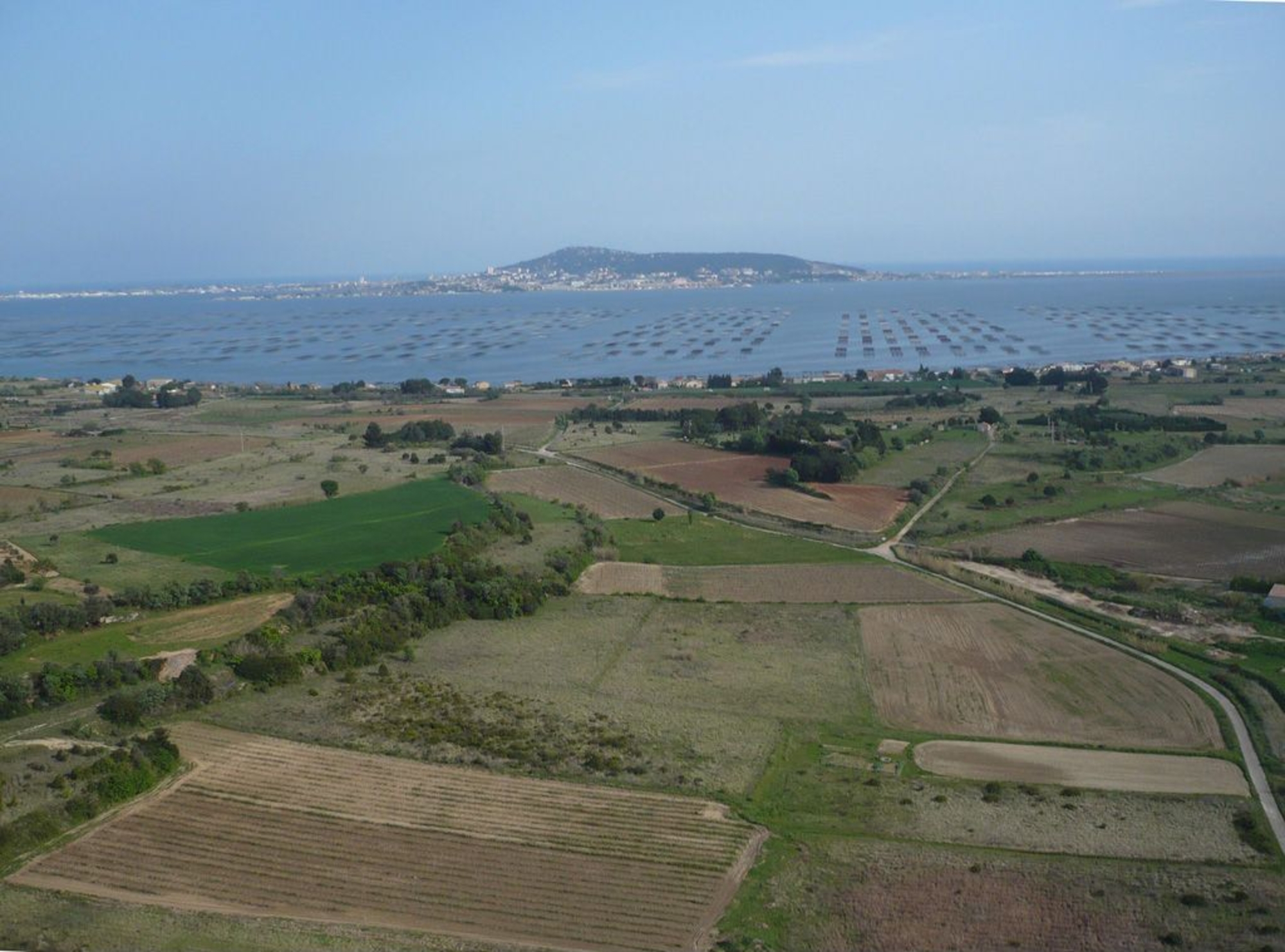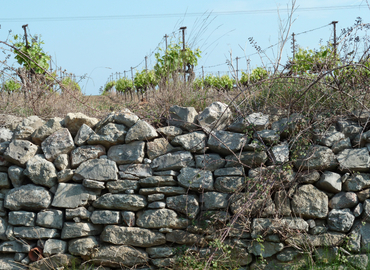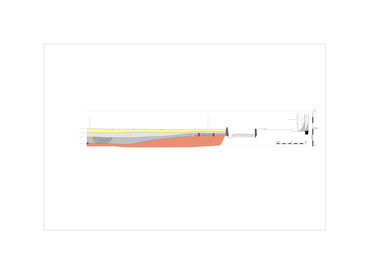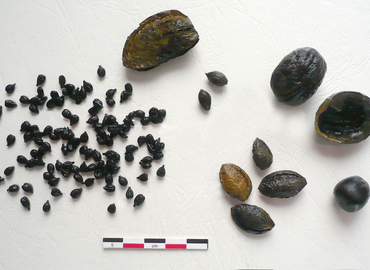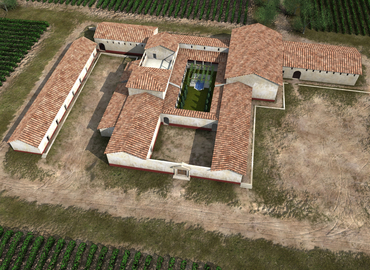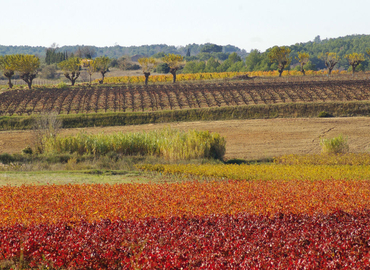
- Home
- Loupian, a villa in Gallia Narbonensis
- Farming along the Mediterranean
The northern shores of the Etang de Thau feature a series of small-scale watersheds, which affected the distribution of agricultural lands. Growing systems were developed during the first millennium on lands that today have been eroded or covered over in sediment. The landscape shaped by the farms and villas in Antiquity provided the setting for the medieval castrum, which formed the basis for the modern village.
